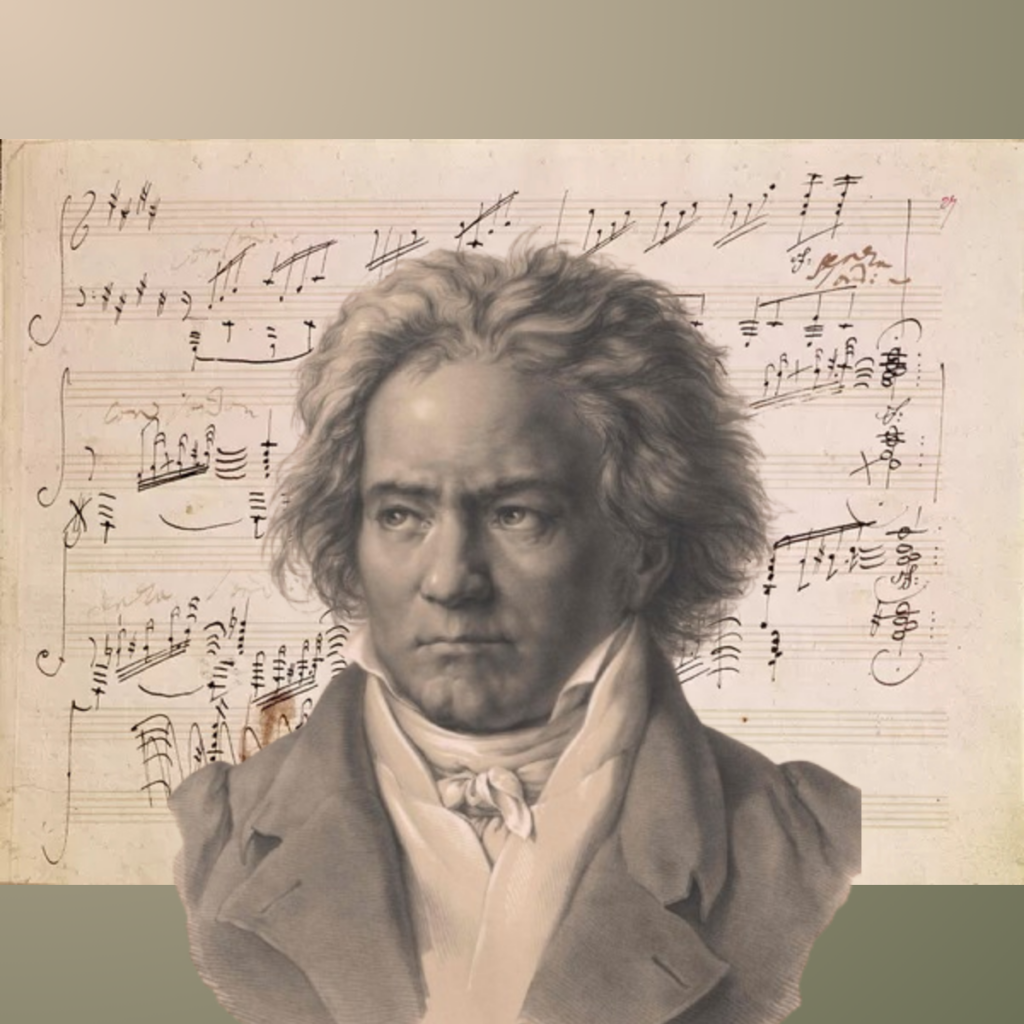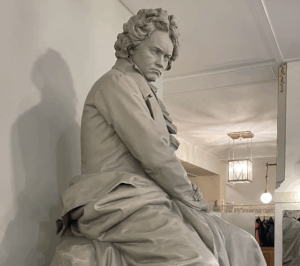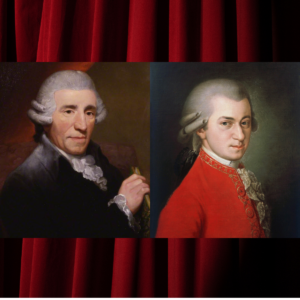Over 200 years from its creation, this piece tears heart of millions. What’s the story behind Moonlight sonata, Beethoven’s ethernal masterpiece?
Imagine turning three simple notes into one of the most famous and incredible piano masterpieces. Well, in the case of Beethoven, this is no surprise, as he was brilliant at transforming simple ideas into amazing and complex compositions.
Of course, I mean the Moonlight Sonata, a truly legendary piano work that you have definitely heard in a movie, a TV program, on social media, or simply from a street pianist playing in the open air.

Moonlight sonata – first movement opening arpeggios (sheet available at cantorion.org)
If you are more familiar with Beethoven’s piano music and classical period music in general, you would notice that the Moonlight Sonata feels different. It has its own unique structure and, of course, sound, which does not align with Beethoven’s or classical standards at all. Instead, it breaks boundaries and opens a new world of unexplored beauty.
So, of course, the question always is: what’s so special about this piece? Why is the Moonlight Sonata groundbreaking for piano music? How did it influence new musical styles and even entire eras? And why did Beethoven decide to write it? Today, we will take a detailed look at the story behind Moonlight Sonata and rediscover Beethoven’s eternal masterpiece.
Why Moonlight?
First of all, the title Moonlight is quite unusual. We often refer to Beethoven’s sonatas by their nicknames, like Tempest or Pathétique, etc. However, the reality is that Beethoven hardly ever named his music himself; titles were given later by other musicians or the public.
In the case of the Moonlight Sonata, it’s the same. Beethoven titled it more formally as Piano Sonata No. 14 in C-sharp minor, Op. 27 No. 2, which, in other words, means something like Fantastical Sonata. Beethoven preferred not to give exact names to his pieces, as he believed that music is abstract and everyone should feel it in their own way.
The title Moonlight came from the German poet and critic Ludwig Rellstab in 1832, five years after Beethoven’s death. Rellstab compared the first movement of the sonata to a moonlit panorama on Lake Lucerne in Switzerland. The opening gentle arpeggios may remind one of water on the lake and its moonlit reflection.

W. Turner – Lucerne by Moonlight (galerie-thomas.de)
Even though, in the case of the first movement, it’s quite a reasonable name, the second and especially the third movements are the complete opposite. I’ve never understood why the sonata is called Moonlight when listening to the wild and passionate third movement, thinking that Beethoven named it himself.
What is the main message of the Moonlight Sonata?
Beethoven rarely explained the meaning of his music, leaving todays musicologists with many questions about his masterpieces. In the case of the Moonlight Sonata, there are still many speculations about the nature of this piece.
Some believe that it was written due to Beethoven’s increasing deafness and struggles in his personal life. Beethoven was a very difficult person and was never married, though he fell in love with several women during his life.
Musicologists believe that the first movement is a representation of death. As proof, Swiss pianist Edwin Fischer refers to a note about this piece that he discovered in Beethoven’s diary. On the same page describing the first movement, Beethoven mentions the death scene from Mozart’s Don Giovanni.
One particularly haunting part of Mozart’s darkest opera includes a similar arpeggios as in the first movement of Moonlight. In the scene of the Commendatore’s death, Mozart uses an uncanny melody played in triplets, which deeply impacted Beethoven.

Triplets from Don Giovanni, Commendatore’s Death (sheet available at musescore.com)
Beethoven used similar dark and death-like tone in the opening of the sonata. The note above says, “Si deve suonare tutto questo pezzo delicatissimamente e senza sordini,” meaning that it must be played with extreme delicacy and a steady rhythm.
Back in Beethoven’s time, he performed and composed his sonatas for the fortepiano, which has a very different sound from today’s pianos. Beethoven indicated that the first movement should be played without the left pedal, which softens the sound. However, this does not create the desired effect on modern instruments.
So, the main message behind this piece is the fight for life despite all hardships and thoughts of death. This is heard in the first and third movements – absolutely dark and sorrowful – in contrast with the lighter and more peaceful second movement.
Moonlight sonata played on Fortepiano (Complete) (yt. The Music Professor)
The sad story behind Moonlight sonata
The dark nature of the sonata can be explained by Beethoven’s personal struggles in his life. As we know, he never married and didn’t have serious relationships with women he loved. This only gave him the drive to create more masterpieces and express himself through his music.
The Moonlight Sonata was likely dedicated to a woman named Giulietta Guicciardi in 1801. She was the daughter of an Austrian nobleman and a pupil of Beethoven, whom he had a crush on. However, the love was not mutual, as Beethoven was not considered a noble person.
Giulietta married a wealthier statesman shortly after Beethoven published the sonata. Although he didn’t note her name on the score or in any other notes about the sonata, her rejection only added to his struggles in life.
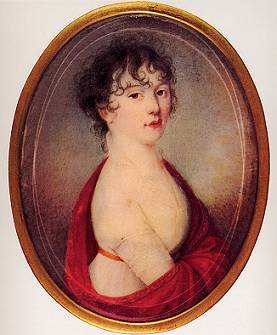
Julie Guicciardi (wikimedia commons)
Not to mention that around this period, Beethoven began to hear a buzzing sound in his ears. He also noticed it became harder for him to hear surrounding noises, like the singing of birds or the conversations of people. This was a true catastrophe for a musician…
In light of all these unpleasant events, the Moonlight Sonata became a turning point in Beethoven’s life. Often suicidal, he didn’t see the spirit of life, even though he was already one of the most established and successful composers in Vienna and Europe.
This period of struggle became one of the most prolific for the composer. Many of his masterpieces, besides the Moonlight Sonata, like the 5th and 6th symphonies, Piano Concertos No. 3 and 4, were composed during this time.
No wonder the Moonlight Sonata is so emotionally powerful and soul-touching. Personal struggles often pushed Beethoven to create some of the most beautiful music we know today. Unfortunately, he lived in a time when social and financial status mattered more than talent and abilities.
Beethoven himself tried to fit in with the aristocracy. He even argued that the “van” in his name suggested noble roots. Even though Beethoven was always around some of the most influential people in Europe, he never obeyed them.
Once one his patron ordered him to play for his friends pieces that Beethoven didn’t want to perform. After a short dispute, he stood up, stating, “What you are, you are by accident of birth; what I am, I am by myself. There are and will be a thousand princes; there is only one Beethoven.”
Overall, the unfulfilled love influenced Beethoven to create one of his most romantic and sad works. The Moonlight Sonata became a symbol of personal despair and melancholy over the undivided love. It later greatly influenced the entire concept of Romanticism in music and inspired many Romantic composers.
Moonlight Sonata Analysis
S. Rachmaninoff once said, “Where the words end, music starts to speak.” To truly understand Beethoven’s music, you simply have to listen to it and discover its meaning for yourself. We are going to briefly dive deeper into the score and explore all three movements of the sonata.
First Movement
The sonata starts with a lengthy and mysterious introduction on the second inversion of C-sharp minor chords. The melody moves in smooth octaves in the left hand that descend on the keyboard. After a Neapolitan shift from C-sharp to D major, the exposition then comes to an end, and the main theme is introduced.
Now, in the right hand, we hear a rhythmic theme that builds a really simple but enchanting melody. Beethoven indicated on the score to play it consistently and without dampers. This flowing and smooth melody creates a hypnotic feeling throughout the entire first movement.

The iconic opening of the First Movement
It was very rare in music at that time to start a piece with a slow first movement. The basic structure of a sonata was to introduce an energetic first movement, followed by a slow development section, and conclude with a dramatic third movement. In Beethoven’s case, he radically changed these standards.
Second Movement
“A flower between two abysses” – this is how F. Liszt described the second movement of the Moonlight Sonata. In contrast to the rest of the piece, the Allegretto starts with a simple, playful, even primitive melody. At the end of the first movement, Beethoven indicates that the next should start immediately without pause. The sudden shift from the grave first to the gentle second movement creates this unique storytelling effect.

And the second movement begins…
This part of the sonata is often overlooked, as it doesn’t quite fit into the overall dark nature of the piece. It is written in D-flat major, which is the enharmonic equivalent of C-sharp major, making it related to the first movement. It is marked Allegretto, meaning it has a consistent rhythmic structure like a dance movement. It consists of several melodies and variations of the main theme introduced at the beginning.
Usually, sections like this would come at the very end of a sonata or other classical pieces to bring final relief and end on a happy note. In the Moonlight Sonata, however, this moment of relief comes between the two “abysses,” creating a brief moment of peace before the furious finale.
Third Movement
The third movement is the darkest and most dramatic part of the entire sonata – the part where Beethoven pours out his emotions, depicting his fight against his struggles. Marked Presto agitato (quick and with excitement), it begins with open chords similar to the first movement but now sounding absolutely terrifying.
The main theme more and more intense, repeating until it finally bursts, ending on a furious G-sharp octave. After a short development, the second theme appears in G-sharp minor. It is more peaceful and melancholic than the opening, leading us to the main conflict of the third movement.
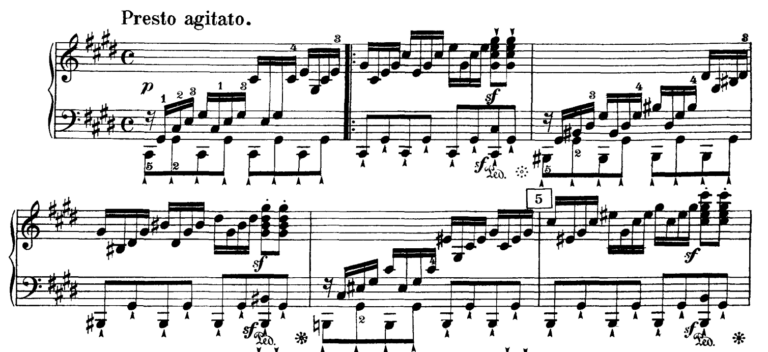
The furious opening of the Third Movement
Most of the movement consists of this dark and intense melody, full of drama and with very little light. Beethoven sticks to the dark tone of C-sharp minor, using very few major scales or chords.
The climax of the movement comes at the coda, after which a more melancholic passage follows, ending on a calm left-hand G-sharp octave. After a moment of silence and peace, we hear the final thoughts of the entire sonata. The melody becomes more and more intense until it explodes in final arpeggios and ends on dramatic C-sharp minor chords.
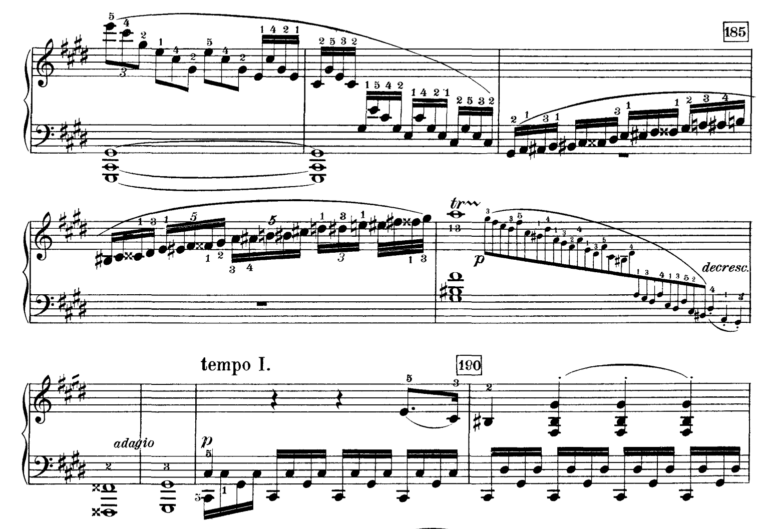
The coda of the Third Movement
All three movements can be characterized as Death – Relief – The Final Fight against all struggles. Beethoven’s personal hardships led him to create one of his most powerful and deeply expressive works, which immediately resonated and changed the course of music forever.
How Moonlight Sonata changed music
At this point, the significance of the Moonlight Sonata is undeniable. During Beethoven’s lifetime, he was often annoyed because people constantly asked about his sonata. They often asked about its meaning, as it was so unprecedented and unique in sound.
Now, Moonlight Sonata is considered one of the earliest examples and a cornerstone of Romanticism in music. While classical music focused more on structure and sound perfection, in this sonata, Beethoven truly began to express his inner world.
It became a foundation for the next generation of Romantic composers. It influenced Chopin’s famous Fantaisie-Impromptu, also in C-sharp minor, where he even uses an almost identical passage from the third movement of Moonlight Sonata.
Dmitri Shostakovich included the opening arpeggios from the first movement in his 6th Symphony, creating an even more profound effect by orchestrating Beethoven’s Moonlight. Overall, it remains one of the best examples of how humans can express themselves through something as abstract and indescribable as music.
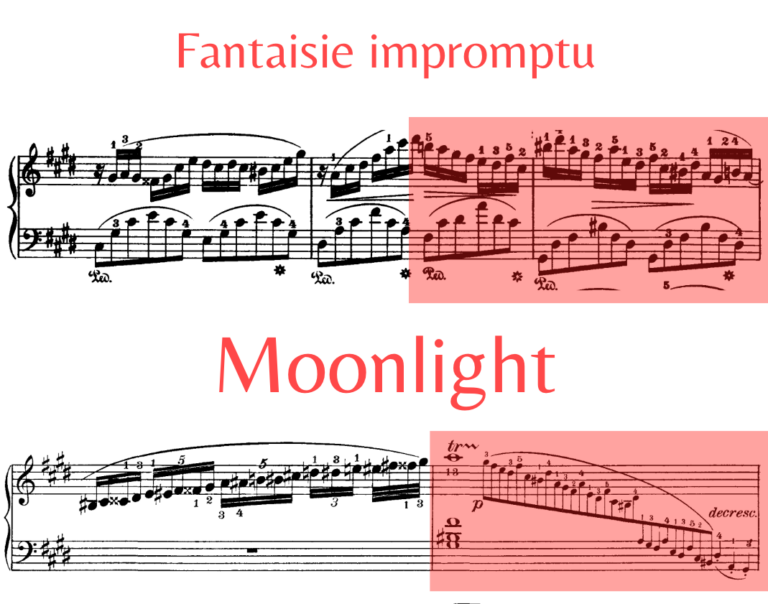
The passage from Moonlight in Chopin’s Fantasie-Impromptu
Hector Berlioz once said about Beethoven’s Moonlight Sonata:
“It is one of those poems that human language does not know how to qualify.”
Indeed, the sonata speaks for itself better than any article or study, and one interprets it in his or her own way.
It’s hard to find a person who has never heard Moonlight Sonata. Even after more than 200 years, it’s everywhere. It appears in movies like The Elephant Man and The Pianist, TV shows like The Simpsons, and hundreds more.
There are countless performances in all possible variations, from solo piano to full orchestration. Fairly speaking, it’s Beethoven’s most famous piano piece – perhaps even more so than Für Elise. The most viewed video has over 200 million views (Note: don’t watch it unless you want to hear a mechanical performance—there are far better recordings out there).
Overall, Moonlight Sonata has changed the way we experience music. It’s hard to call it Beethoven’s greatest sonata, but it is undoubtedly one of the most influential. Whether you love this piece or not, its music will live forever. This is why it is called classical.

